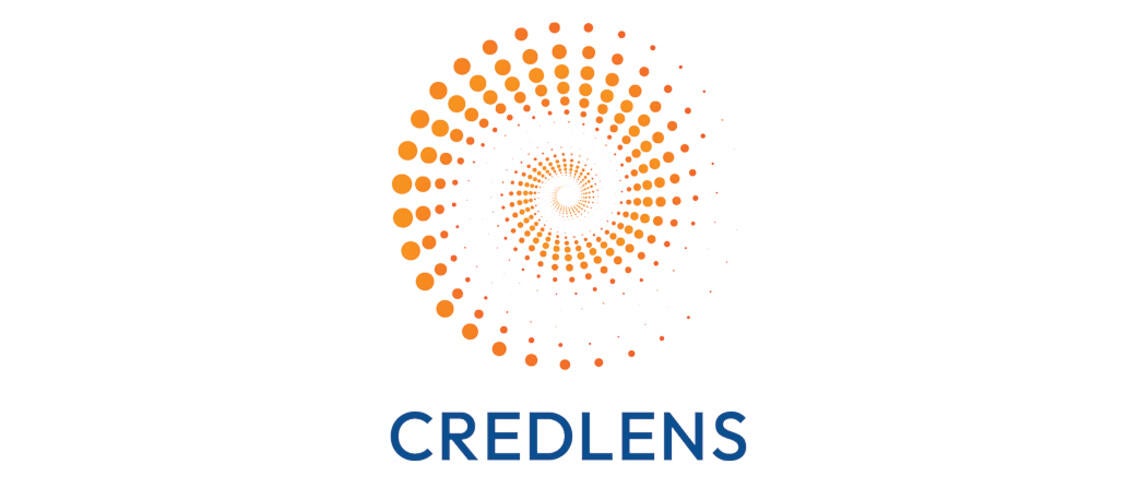NASWA Releases Survey Results on UI Financing Systems
The National Association of State Workforce Agencies recently completed its third annual survey of states on the status of their unemployment insurance (UI) financing systems. Originally intended to determine the amount and type of modifications to state UI tax mechanisms, the survey has evolved over the last three years, continuing to track tax changes but now also tracking changes to weekly benefit payments, duration, eligibility and alternative sources of funding for repayment of Title XII Loans and interest on loan balances.
The conclusions from the report include the following:
- Average state tax rate: UI tax rates, based on total wages, have continued to follow a generally downward path. The chart below displays the historical trend of the average state tax rates based on total wages paid in covered employment and wages paid up to the taxable wage base set in each state’s law. While there has been a steady decrease in the average state tax rate, based on total wages, since the early 1980s, there has been some cyclical variation too. The rate on taxable wages shows a more pronounced cyclical component and slightly increasing trend. The increasing gap between the two rates is largely due to total covered wages growing faster than total taxable wages. As relatively fewer wages are subject to the applied taxable wage rate, the rate on taxable wages will tend to increase in order to generate increased revenue to cover UI benefit outlays. Although the data for 2012 is not yet available, projections from the U.S. Department of Labor (USDOL) estimate the effective tax rate will peak this year at about a third lower than in pre-1990 recessions.
- State UI tax revenue: The majority of states surveyed (70 percent) expected their state UI tax revenue to increase in 2012. The estimates of UI tax revenue increases ranged from 1 to 80 percent; with a weighted average state increase of about 10 percent.
- UI Financing: There has been an increase in the number of states where automatic increases in tax schedules or surtaxes affecting UI taxes have reached their maximums provided under state law. In 2009 approximately 10 states reported that all tax schedules and surtaxes authorized under state law had reached their maximum levels, by 2010 this number had increased to 20 states, in 2011 a total of 21 states reported that all tax schedules and surtaxes authorized under state law reached their maximum levels.
- UI Benefit Payments: There has been an increasing trend for states to make significant changes in the rules they use to calculate the level and duration of UI benefit payments. In 2011, 13 states (27.7 percent) enacted legislation addressing UI benefit levels. For 2012, five states enacted legislation to address UI benefit levels.
- Alternative State UI Revenue Options to deal with Trust Fund Insolvency: The impact of the Great Recession has led to an increasing number of states borrowing funds from the Federal Unemployment Account (FUA) in the federal unemployment trust fund to finance unemployment benefit outlays. As of October 30, 2012, twenty states owed approximately $27 billion to the federal government at an interest rate of 2.94 percent. With many states exhausting their unemployment trust funds during the Great Recession, the issue of adequately financing the UI system has come into focus for many states.






































